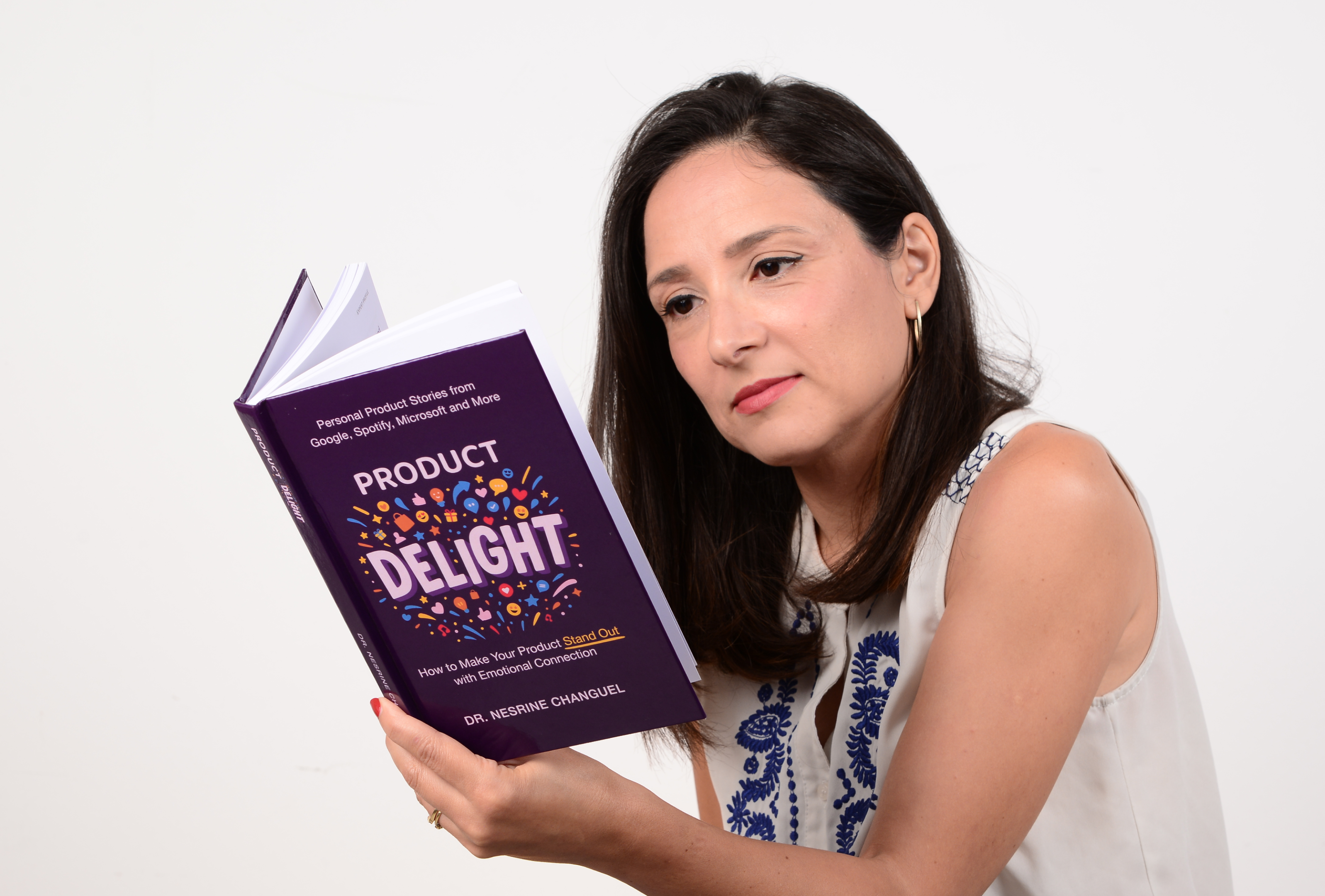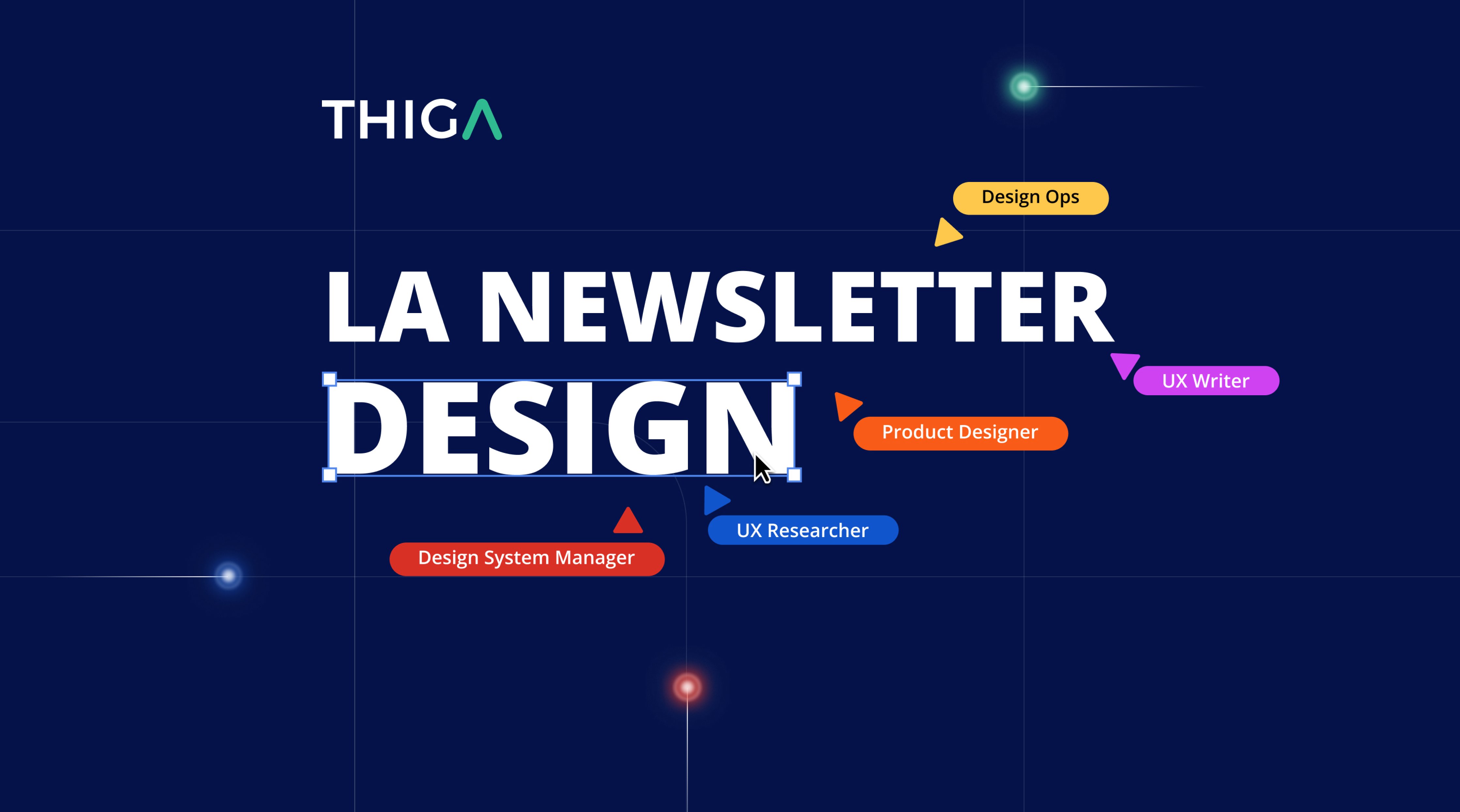Intuition is valuable. But today, it’s no longer enough. To carry weight in strategic decisions, Design must make data its ally. Not to become coldly analytical, but to better understand, convince, and create. Thomas Vidal, Partner at Thiga and Head of Design at Accor, shares in this article six concrete levers to make data a true ally for Designers.
“Good design is based on insight, not just instinct”, said Don Norman. And who could disagree? As experienced designers, we’ve developed a keen instinct for users—but in today’s world, data is an essential partner to amplify our impact. Imagine being able to back up our creative choices with proven facts, demonstrate the value of our ideas in black and white, and continuously learn from each user interaction. Exciting, right?
Here are six actionable (and proven) recommendations to integrate data into your Design practice. These strategic tips aim to help you steer your decisions more effectively, boost your business credibility, and craft experiences that are both intuitive and high-performing. Let’s dive in!
1. Define clear indicators aligned with business goals
To have strategic weight, Design has no choice: it must speak the language of business. As soon as an opportunity is identified, define clear success criteria. Too often, we begin designing with noble intentions like “improving the user experience,” but without measurable benchmarks. By setting a key metric from the start, you link your work directly to the company’s goals.
It might be:
- a product metric (conversion rate, retention rate, NPS…)
- a usage objective (usage frequency, engagement)
- a business KPI (revenue, cost reduction)
Discuss early on with stakeholders (Product, Marketing, Data...) to identify THE success metric everyone agrees on. Make sure it reflects both user value (a better experience) and business value (a tangible impact). Clarify the current level of the metric and the target to be achieved. For example, the team behind a fitness app might aim to increase user engagement by 20% in three months by improving workout tracking.
Once the indicator is defined, include it in your Design brief and use it as a compass to guide your decisions. If possible, structure the POC in an experimental way, with regular checkpoints to monitor how the metric evolves with your prototypes: is it progressing as expected? Do we need to adjust?
A design driven by clear indicators helps you stay focused on what matters. It’s also a powerful tool for engaging decision-makers: when you talk concretely about conversion or retention, you prove that design impacts the business. The cherry on top? No more “pretty but useless” traps! Amplify the impact of your work on user experience!
Adapt or disappear: the future of Product Designers : read the article!
2. Explore existing data to guide Design
Before starting from scratch or getting stuck in hours of brainstorming, start by exploring the data already available. Your live products are a goldmine of insights: web or mobile analytics, support feedback, survey results, heatmaps… Ignoring these resources means missing out on a decisive edge. We, as Designers, can save precious time—and be more accurate—by identifying early on the pain points and real opportunities revealed by data.
But this analysis shouldn't be limited to the user experience. From the benchmarking and discovery phases onward, it’s essential to cross-reference UX data with business challenges: conversion rates, revenue per feature, acquisition costs, NPS, churn… Design can no longer be considered in isolation. Each friction point identified must be put into perspective: what is its actual impact on the business? And conversely, every detected opportunity should be assessed by its strategic potential.
Anchor your design in reality. The goal: focus your efforts on the most critical issues for both users and the company. Where are you losing the most users in the purchase funnel? Which promoted feature remains ignored? What complaints are recurring? By answering these questions with tangible data, you align Design with what truly matters.
Next, cross-analyze this data to surface clear observations. For example: “80% of users drop off at the account creation step—something’s blocking them here.” Or: “Our ‘Free Trial’ button gets very few clicks—is it lacking visibility?” These data-based observations become your starting points—or new directions to explore.
This approach ensures you target real issues. Instead of relying on intuition, you build on actual user behavior. It helps uncover blind spots, avoid missteps, and maximize impact from the earliest stages of discovery and benchmarking.
3. Turn your ideas into testable hypotheses
Experience has shown us that intuition isn’t always enough. How many brilliant ideas on paper have turned out to be disappointing once live? For today’s designer, adopting an experimental approach is essential: the idea is to turn your concepts into testable hypotheses, then let user data speak.
A/B testing is one of the key tools of data-driven Design. Not to hand over our choices to statistics, but to quickly and objectively learn what works. Each test helps validate a hunch, resolve a doubt, and refine the solution until it truly has impact.
Incorporate experiments into your Design process:
- Formulate a clear hypothesis: “I believe that [changing X to Y] will [increase Z] because…”
- Create a design variation and keep a control version for comparison.
- Define the success metric tied to your hypothesis: signup rate, clicks, duration, etc.
- Launch an A/B (or multivariate) test on a sample of users. Duration and representative sampling are key.
- Analyze results—ideally with an analyst (statistical significance, variation by user segment).
- Draw conclusions: Was the hypothesis validated? What did we learn about user behavior? Document each learning to inform future iterations.
Take this example from a CRO colleague. He shortened a form from 6 to 3 steps, thinking it would boost conversion. After all, a simpler flow should appeal to users, right? Result: a sharp drop in performance. Testing the opposite hypothesis (adding a reassuring step), the conversion rate actually improved. This shows that no rule is universal. Only experimentation reveals what will really work for your product.
Beyond results, this testing mindset boosts collective maturity. Everyone on the team understands that Design isn’t based on opinions, but on tangible learnings. And yes, as a Designer, it’s also exciting to play scientist!
4. Collaborate closely with the team’s data experts
Designing with data doesn’t mean working alone—quite the opposite. One of a Designer’s great strengths is the ability to closely collaborate with data experts: BI analysts, Data Scientists, quantitative UX Researchers…
These roles know how to turn raw data into actionable insights. By involving them early in your process, you create valuable collaboration: they illuminate the “what,” you bring the “why.” Together, you give meaning to the numbers.
Here are a few ways to strengthen this partnership:
- Include Data Analysts from the kickoff: Co-define success metrics and how to track them.
- Co-create custom reports or dashboards to monitor the impact of changes (profile completion rate, clicks per page, etc.).
- Frame your questions as data problems: “How long do users spend on this step?”, “What do they do after clicking here?”
- Learn from each other: Learn the basics of data culture, and in return, share insights from the field and qualitative research.
- Set up shared rituals: for example, a monthly Design + Data review to go over tests, emerging behaviors, and optimization opportunities.
This fosters a shared impact-driven culture, where everyone thinks in terms of user behavior, measurement, and continuous improvement.
As a Designer, this posture strengthens your role as a cross-functional leader, capable of connecting vision, usage, and data.
5. Combine quantitative and qualitative data
Numbers show what happens. Field research explains why. These two sources are complementary and should feed each other. Analytics point to friction points, but not always their root causes. Qualitative insights—interviews, testing, verbatims—bring context, nuance, and help you act more precisely.
By combining these approaches:
- You avoid shortcuts (overinterpretations, confirmation bias…)
- You ground your personas in real, vivid examples
- You boost your creativity by working from solid foundations
The best designs often emerge from this productive tension between the objectivity of numbers and the empathy of field research.
6. Measure impact and share learnings after every outcome
Once a design goes live, don’t just move on to the next project without closing the loop. The post-launch phase is crucial: this is where you discover the real impact of your decisions.
From the design stage, plan ahead for post-delivery measurement (KPIs to track, tools to activate, responsibilities to assign) and give the data enough time to accumulate to form a representative base.
Then:
- Analyze your KPIs: Did they move in the expected direction? By how much?
- Compare results with a control group, if available.
- Interpret: What do these data tell us about our users? And about the quality of our design?
- Cross-reference with qualitative input: spontaneous feedback, verbatims, field reports.
- Summarize learnings: Write a short debrief, add a few graphs, and draw clear conclusions.
- Share broadly: in product reviews, internal newsletters, Slack posts, or shared presentations.
These learnings benefit the whole team: they strengthen the legitimacy of design, give visibility to your decisions, and feed product culture with actionable insights.
In the end, data should enlighten us, not dictate to us. It confirms our instincts, sometimes challenges our assumptions, and fuels continuous learning. But without intuition, empathy, and vision, there is no meaningful Design. It’s all about balance! As passionate Designers, we strive to make Design a true strategic lever. Data gives us the tools—but it should never be the only driver of our decisions.
Sometimes, it’s a strong conviction—about a user need not yet visible in the numbers—that opens the door to real innovation. And then data comes in to confirm its value. Great Design lives in this constant back-and-forth between intuition and validation, between vision and evidence, between human insight and measurement.
Let’s not forget! The end goal isn’t data, it’s impact—both for the users we aim to help, satisfy, and retain, and for the business, by creating lasting value. That’s how our discipline will gain influence—one pixel and one datapoint at a time!
What workshops should you prepare if you're a Product Designer? Don’t worry, Thiga offers you its Product Design Toolkit!


.png)
%20(2).png)
